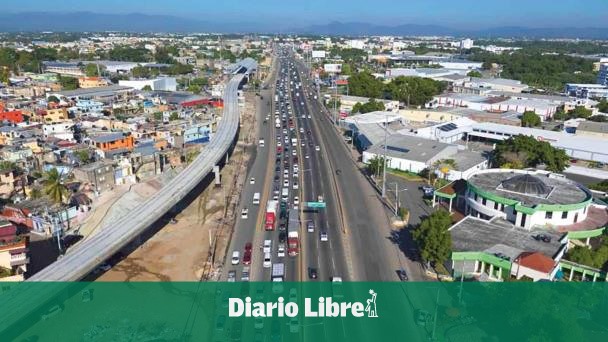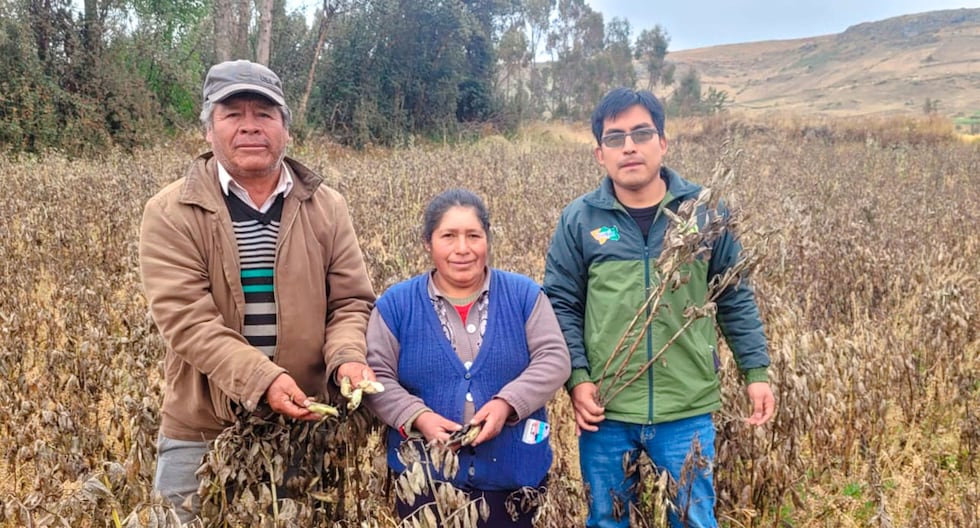He Ministry of EconomyPlanning and Development reported that, in the distribution regional of the Gross Domestic Product (GDP) between 2015 and 2023, the region Ozama positioned himself as a leader, with a stake of 40.7%.
He report annual “Estimates of the GDP regional of the Dominican Republic 2015-2023″ indicates that in second place is Cibao Norte (15.3%), followed by Valdesia (8.7%) and Cibao Sur (8.1%). At the other extreme, the regions with the lowest contribution were El Valle (3.4%). %), Cibao Noroeste (3.4 %) and Enriquillo (2.5 %).
The document, prepared by the Directorate of Sectoral Economic Analysis of the Vice Ministry of Economic and Social Analysis, highlights that in 2023, Cibao Nordeste registered the largest increase in its stake inside the production nationalwith an increase of 0.6 percentage points (pp). El Valle, Yuma and Cibao Noroeste also presented smaller increases (0.1 pp each). In contrast, Valdesia (-0.4 pp), Cibao Sur (-0.2 pp), Ozama (-0.2 pp) and Higuamo (-0.1 pp) showed reductions.
Growth regional outstanding
Between 2015 and 2023, the GDP national grew at a real average interannual rate of 4.5%. Level regionalHiguamo led the growth with 7.5%, followed by Yuma (6.4%), Cibao Norte (5.5%), Cibao Nordeste (5.5%), El Valle (5.3%) and Cibao Sur (5.0%), all above average national. Other regions grew between 2.4% and 4.3%.
In the last year, 2023, the production national showed a growth year-on-year of 2.4%. Cibao Nordeste was the region with greater growth (14.2%), driven mainly by construction (5.6 pp) and transportation (2.4 pp) activities. They also exceeded the average national El Valle (5.6%), Cibao Noroeste (4.2%), Yuma (3.6%) and Enriquillo (3.6%). However, Higuamo (-0.1%) and Valdesia (-2.3%) presented decreases.
The report highlights that the GDP of the border area increased its participation in national production, going from 4.7% in 2022 to 6.0% in 2023, with a real interannual growth of 30.5%. This increase was mainly driven by the activity of hotels, bars and restaurants, which represented 35.4% of the region’s gross added value and increased its participation by 17.4 pp compared to the previous year. Other relevant activities were agriculture (17.4%) and commercials (9.7%), although both lost share with drops of -3.1 pp and -1.4 pp, respectively.


















